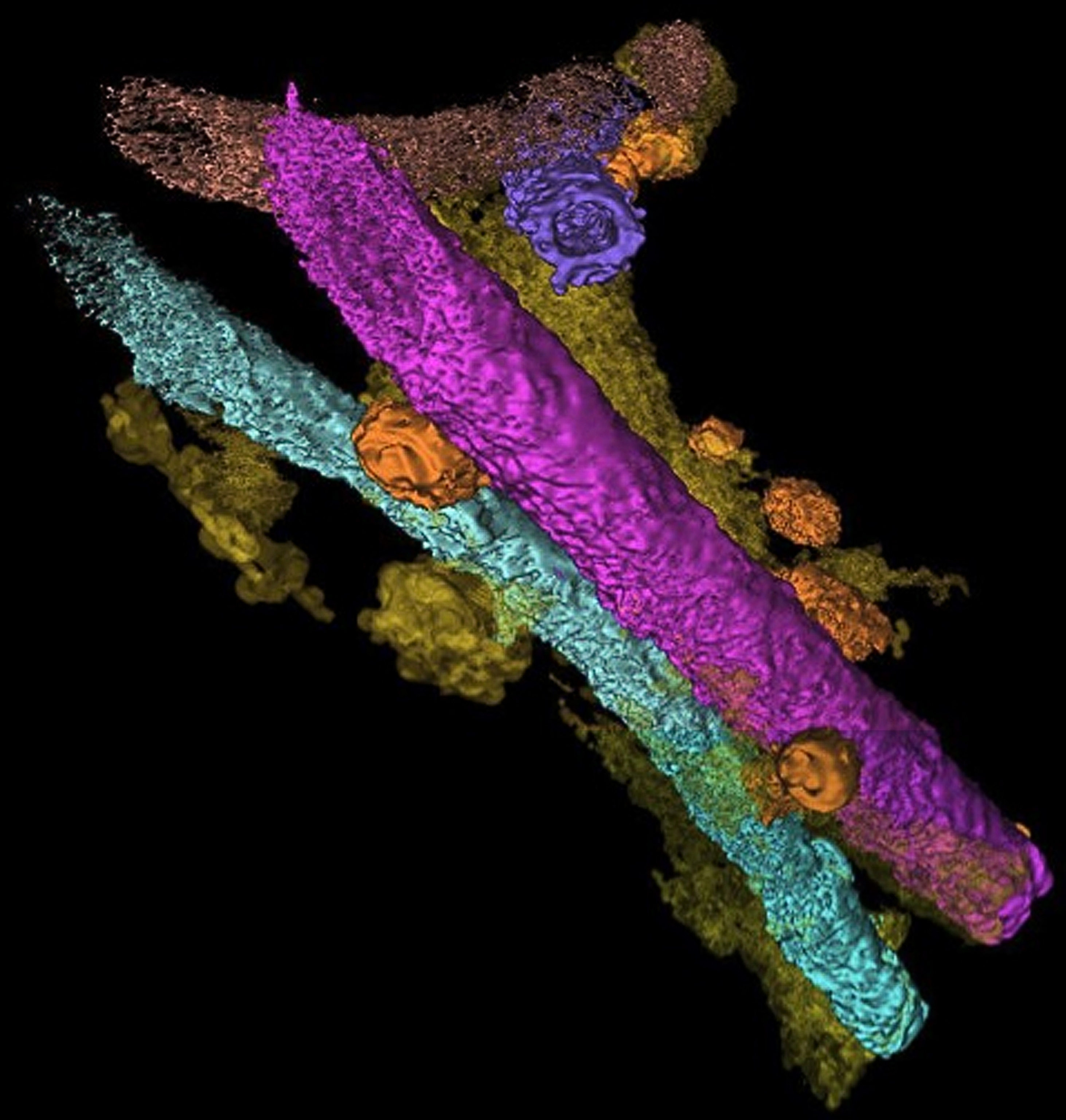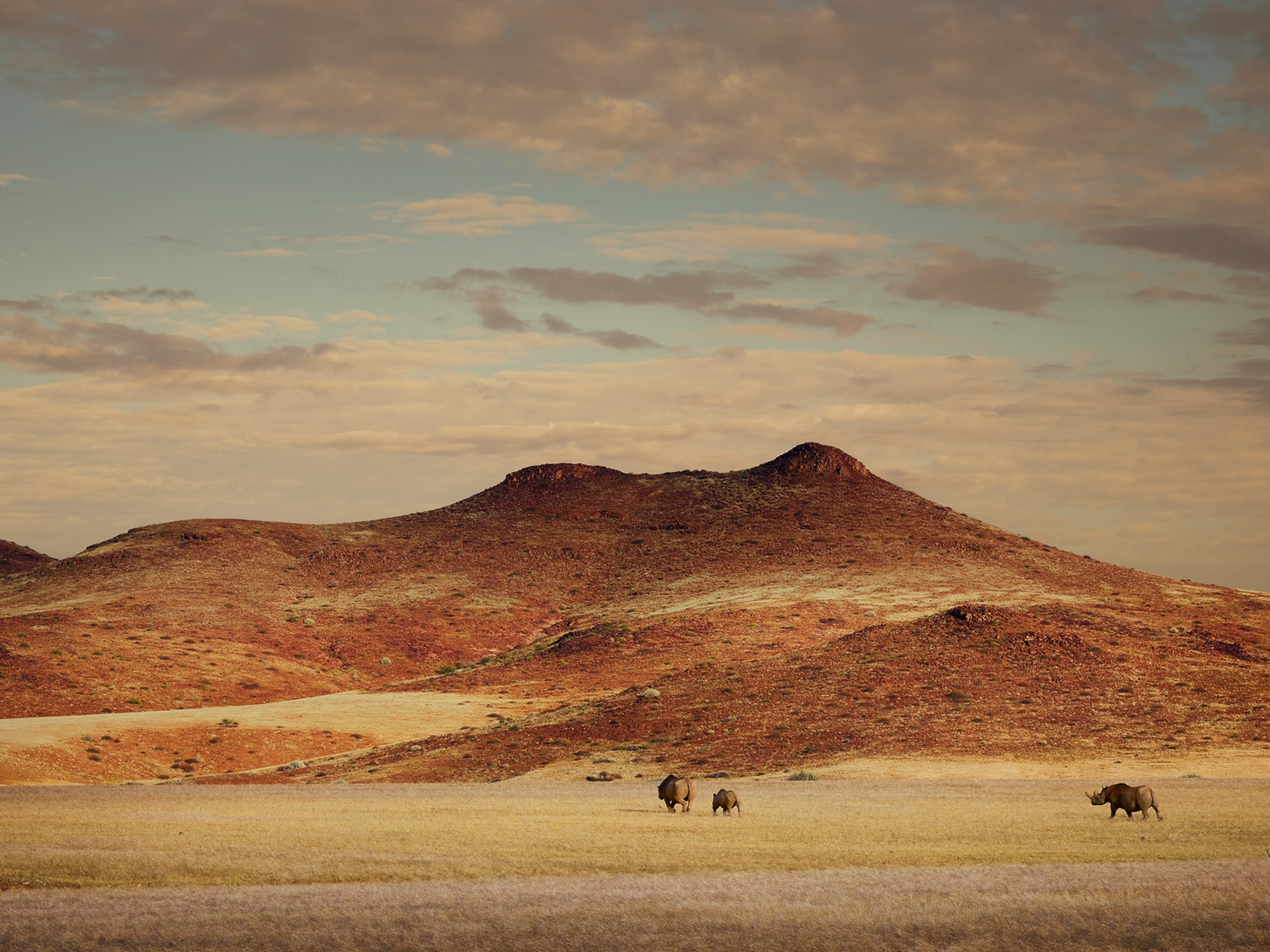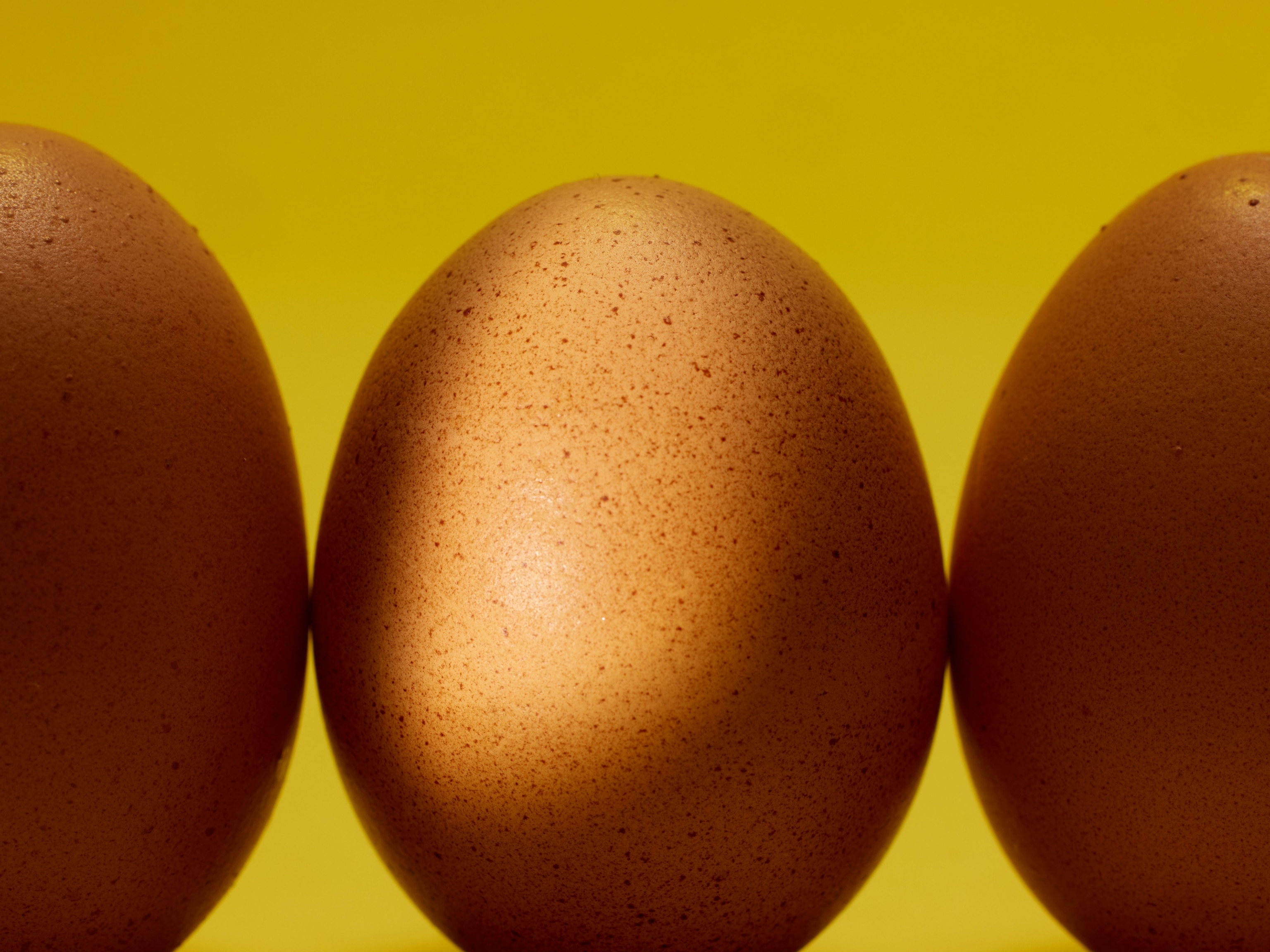
Now We Know What Early Earth Smelled Like
When one kind of microbe fed on another, the result was a rotten-egg stench—and a pathway for complex life.
P. U.
Early earth had a distinctive aroma. And it wasn't very nice. That's what scientists have now determined, using advanced imaging techniques to examine fossils nearly 1.9 billion years old that were collected from rocks around Lake Superior, Canada.
Their work has revealed spherical and rod-shaped bacteria dining on the cylindrical outer shells of another, larger bacterium known as Gunflintia. To digest those Gunflintia sheaths, the feeding bacteria would have had to use oxygen atoms taken from salts, or "sulfates," in seawater. In the process, the microbes formed gaseous carbon dioxide, which would have been released into the atmosphere.
Another byproduct of this biochemical process is hydrogen sulfide, which produces a stench commonly known as "the rotten egg smell," explained Martin Brasier, a paleobiologist at Oxford University in London.
"The whole world didn't smell of rotten eggs," said Brasier, "but if you had a sensitive nose, it would have been very widespread indeed."
There is chemical evidence that organisms were eating other organisms as early as 3.5 billion years ago, but the new images represent the first visual evidence of this type of feeding, called heterotrophy.
"For the first time in the early fossil record, we see one kind of creature eating another creature," said Brasier, coauthor of a new study about the images published in this week's issue of the Proceedings of the National Academy of Sciences. "This is the first time we've been able to see it happen in rocks under the microscope under our very eyes."
Gunflintia is thought to have been a type of cyanobacteria or blue-green algae, a class of photosynthetic microbes that played a crucial role in pumping early Earth's atmosphere full of oxygen, thus helping pave the way for complex life.
"This is the group that was producing the oxygen we now breathe," Brasier said.
An Invisible Feast
Combining a variety of advanced imaging and chemical analysis techniques, Brasier, David Wacey of the University of Western Australia, and their team were able to create detailed, three-dimensional images of the microfossils.
First discovered 60 years ago in 1953, Gunflint bacteria—named after the Gunflint chert rock where they were found—helped solve a mystery that dates back to the days of Charles Darwin and that was famously known as "Darwin's dilemma."
Darwin's theory of evolution predicted that the record of life on Earth should stretch back billions of years, yet the oldest fossils known at the time dated to only the Cambrian period, about 542 million years ago.
That changed with the discovery of the Gunflint fossils. "That extended the record of life from 500 to 600 million years old to almost 2 billion years old," said Kenneth Williford, a planetary chemist at NASA's Jet Propulsion Laboratory in Pasadena, California, who was not involved in the study.
This new study shows that the Gunflint fossils, discovered about 60 years ago, can still manage to surprise. The new 3-D images of the Gunflint microorganisms revealed that some of the smaller microbes were preferentially feeding on Gunflintia bacteria and ignoring another species known as Huroniospora.
The team also found other evidence that the Gunflintia were being consumed: Their sheaths were marred by numerous holes, and in some places were partially or entirely filled with specks of pyrite. Also known as fool's gold, this iron sulfide mineral is a waste product of the kinds of heterotrophic sulfate-reducing bacteria that the scientists suspect fed on Gunflintia.
As to why the bacteria were such picky eaters, Brasier thinks Gunflintia was just easier to eat. "We have a hunch that Huroniospora was made of a different kind of material that was rather waxy," he said.
It would have been like the difference between eating "a carrot and a piece of wood," Brasier added. Huroniospora "was tougher and therefore harder to break down."
Vital for Life
Though they are tiny, bacteria play a crucial role in breaking down dead organic matter and releasing carbon dioxide back into the atmosphere—processes vital for life on Earth.
Without these bacteria, the carbon dioxide that had been fixed into the bodies of cyanobacteria through photosynthesis would not have been released back into the atmosphere. And the loss of all that carbon dioxide, Brasier said, would have resulted in massive ice ages.
JPL's Williford thinks the technology used to image the two-billion-year-old Gunflint bacteria could one day be used to analyze evidence of life on Mars if it were found.
This study "shows the importance of bringing samples back from Mars," Williford said. "If we really want to understand whether there was once life on Mars, these are some of the uniquely Earth-based techniques we would like to apply."





